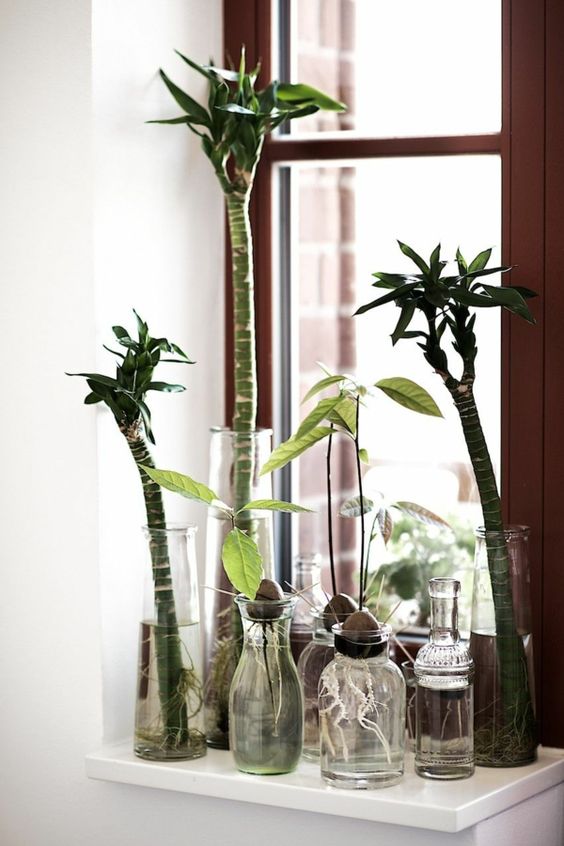If you’re looking for a simple, rewarding, and budget-friendly way to expand your indoor or outdoor greenery, learning how to propagate an ivy plant is one of the best gardening skills you can pick up. Ivy is incredibly hardy, grows quickly, and roots easily—making it ideal for beginners and seasoned gardeners alike.In this comprehensive guide, you’ll learn everything you need to know about propagating ivy from start to finish, including water propagation, soil propagation, troubleshooting tips, and how to care for new plants. Whether you’re growing English ivy, Algerian ivy, or variegated ivy, this method works beautifully.Let’s dive into your ultimate guide to how to propagate ivy plant successfully!Why Propagate Ivy?Propagating ivy plants comes with several benefits:Fast growth: Ivy roots within days to weeks.Low cost: You can create new plants from a single parent vine.Versatility: Great for hanging baskets, wall training, trellises, and decorative planters.Hardiness: Ivy can thrive indoors or outdoors in many climates.If you love lush greenery and want more without spending extra money, propagation is the perfect solution.H2: Different Methods of Ivy PropagationThere are two primary ways to propagate an ivy plant:Water Propagation – Perfect for beginners because it allows you to see roots forming.Soil Propagation – Slightly faster for plant establishment and ideal for long-term growth.Both methods are reliable, but choosing one depends on your preference and setup.H2: How to Propagate Ivy in WaterThis is the easiest and most popular method. Here is a simple, step-by-step tutorial.H3: Step 1 — Choose Healthy Ivy CuttingsSelect a healthy ivy vine with bright green leaves and no signs of pests or disease.Cut a 4–6 inch section using sterilized scissors.Make sure each cutting has 3–4 leaves.Remove the bottom 1–2 leaves, exposing the nodes (these nodes will grow roots).Tip: Choose vines that are flexible, not woody, for the fastest rooting.H3: Step 2 — Prepare Your JarPlace your ivy cuttings in a clear glass jar filled with room-temperature water.Ensure the nodes are fully submerged.Keep the leaves above the water line to prevent rot.H3: Step 3 — Place in Indirect LightPut the jar in a bright location with indirect sunlight.Direct sunlight may scorch the cuttings or overheat the water.H3: Step 4 — Change the Water RegularlyFresh water encourages healthy root formation.Change the water every 3–5 days.Make sure it stays clear and odor-free.H3: Step 5 — Wait for Roots to DevelopYou’ll see tiny roots forming within 7–14 days.Once the roots reach 1–2 inches long, your ivy is ready for soil.H2: How to Propagate Ivy in SoilSoil propagation is fast, effective, and great if you want a plant ready to thrive immediately.H3: Step 1 — Prepare a Pot with Well-Draining SoilUse a potting mix designed for indoor plants, perlite mix, or general houseplant soil.Make sure your pot has drainage holes.H3: Step 2 — Dip in Rooting Hormone (Optional)Dipping the cut end into rooting powder can speed up root development but is not required.H3: Step 3 — Plant the CuttingInsert the cutting into the soil until the node is fully covered.Firmly press soil around the cutting.Water lightly.H3: Step 4 — Provide Bright, Indirect LightPlace the pot in a warm space with good airflow.Avoid direct sun to prevent leaf stress.H3: Step 5 — Maintain MoistureKeep soil slightly damp, not soggy.Roots usually form within 2–3 weeks.H2: Aftercare: Helping Your New Ivy ThriveOnce your ivy cuttings are rooted, it’s time to care for them so they grow strong and full.H3: Light RequirementsIvy loves bright, indirect light.Variegated types need more light to maintain patterns.H3: Watering NeedsWater when the top 1 inch of soil feels dry.Avoid overwatering—it is the number-one cause of root rot.H3: Feeding Your IvyUse a balanced houseplant fertilizer every 4–6 weeks during spring and summer.H3: Pruning for Fuller GrowthRegularly trim leggy vines to encourage bushier, healthier growth.H2: Troubleshooting Common Ivy Propagation ProblemsEven though ivy is easy to propagate, issues can arise. Here’s how to fix them:Problem: Leaves Turning YellowLikely Cause: Overwatering or too little lightSolution: Reduce watering, move to brighter indirect light.Problem: Mold in Water PropagationLikely Cause: Dirty water or decaying leavesSolution: Change water more frequently and keep leaves above the water line.Problem: Roots Not GrowingLikely Cause: Low light or low temperatureSolution: Move to a warmer room with better light.H2: Practical Tips for Successful Ivy PropagationHere are some extra tips to guarantee success:Always use clean, sterilized scissors when taking cuttings.Don’t overcrowd your water jar or pot.Keep cuttings away from cold drafts or heating vents.Rotate the jar or pot every few days for even light exposure.If growing outdoors, start propagation indoors and move outside when stable.These techniques make your efforts in how to propagate ivy plant much more effective.ConclusionYou’re now fully equipped with your ultimate guide to how to propagate ivy plant like a pro! Whether you choose water or soil, ivy propagation is fast, simple, and highly rewarding. By following the steps above, you can grow new plants, create lush décor, fill hanging baskets, or even gift beautiful ivy cuttings to friends and family.If you’re ready to expand your greenery, propagating ivy is the perfect place to start—easy, affordable, and fun!

